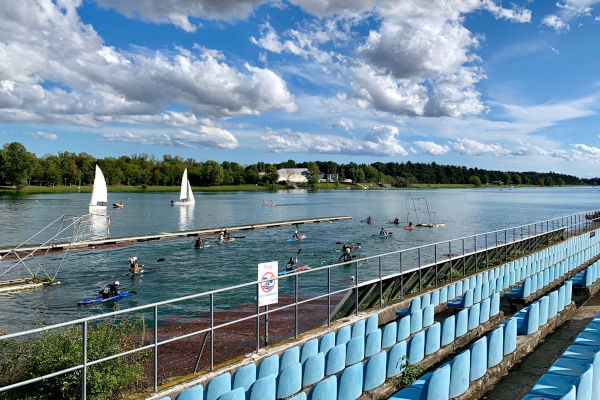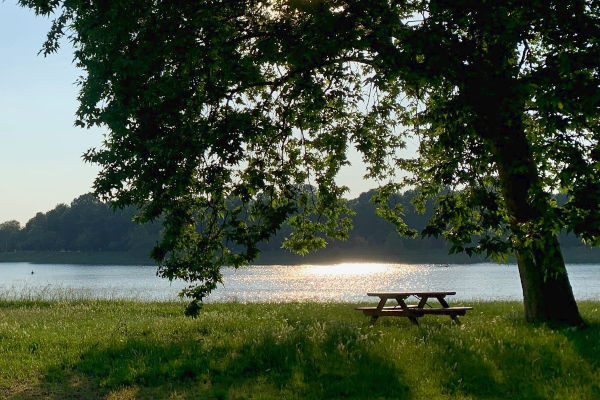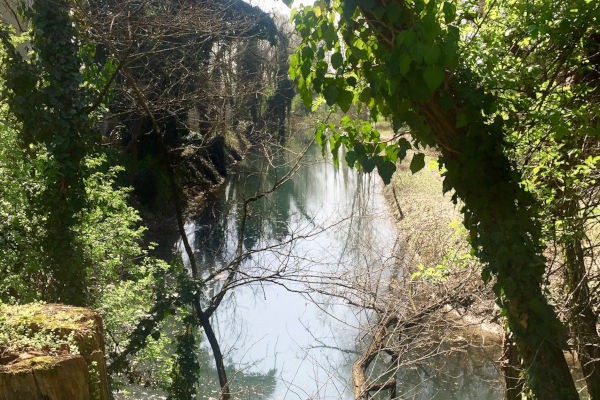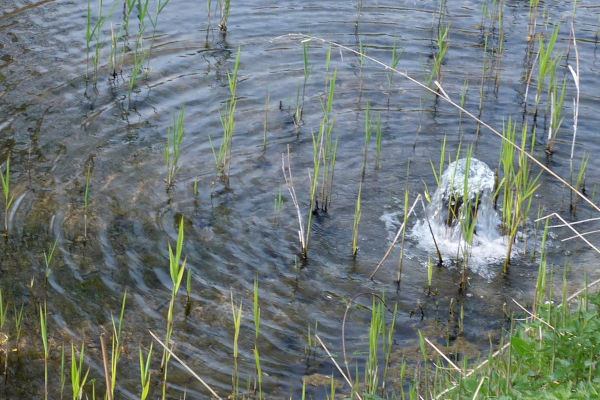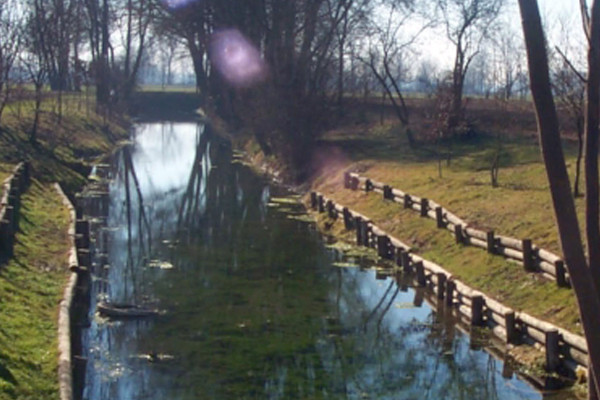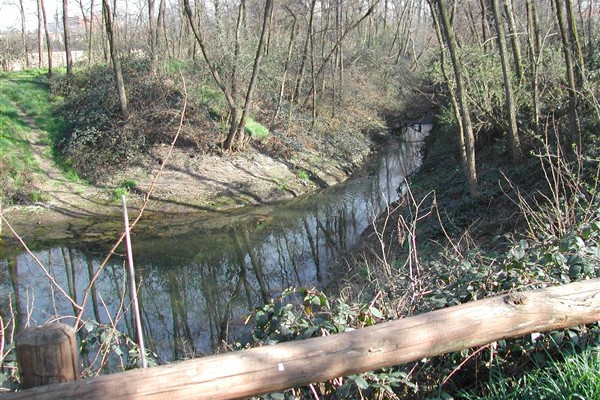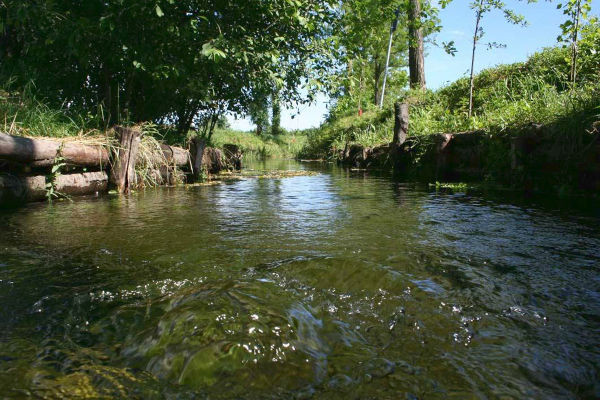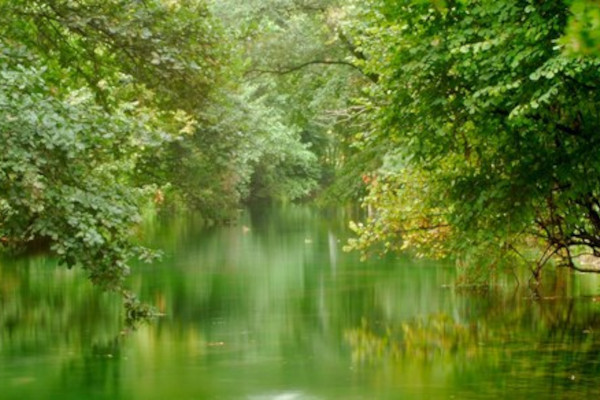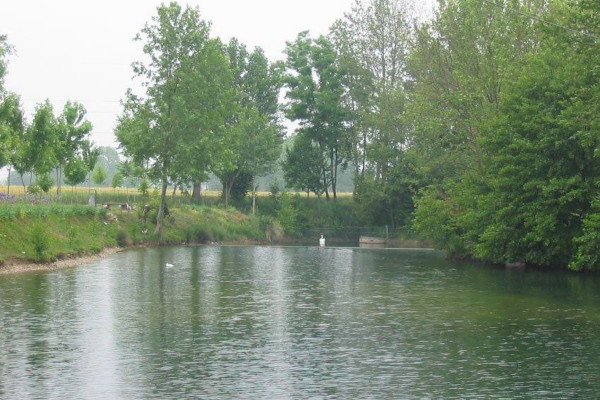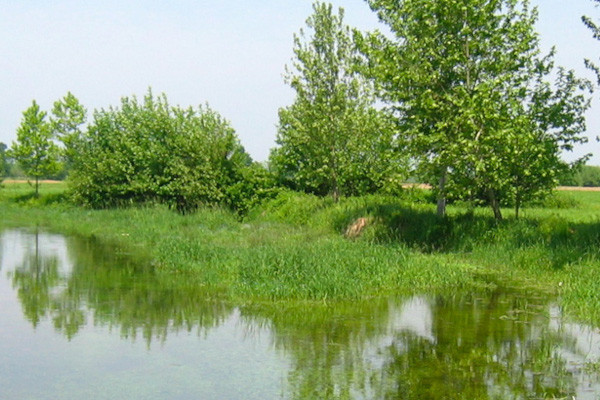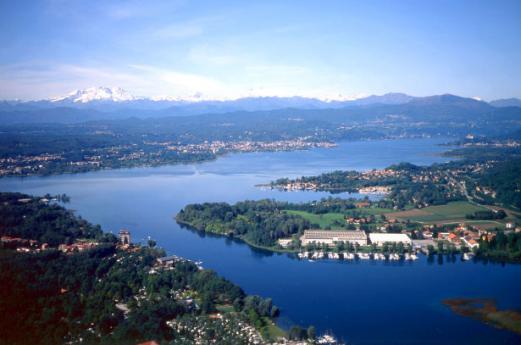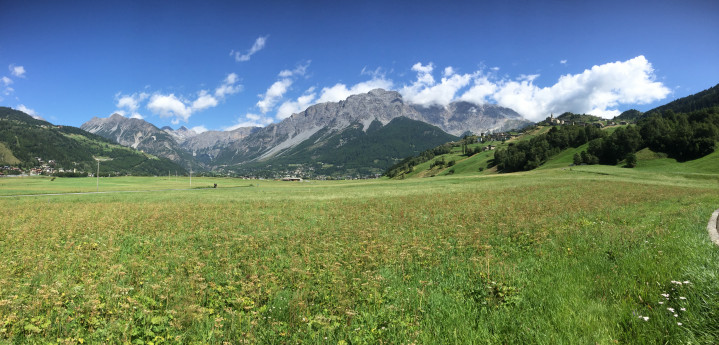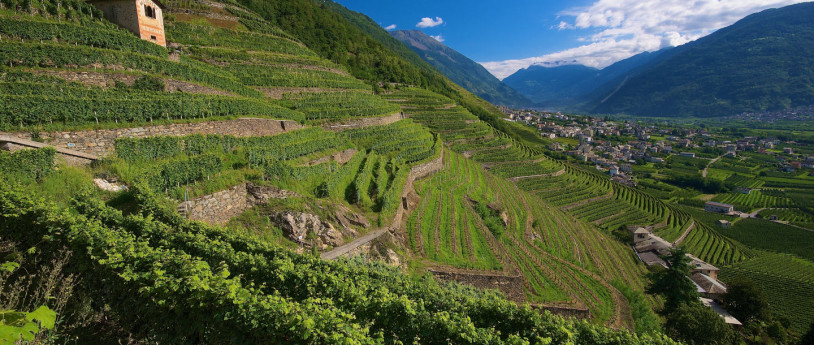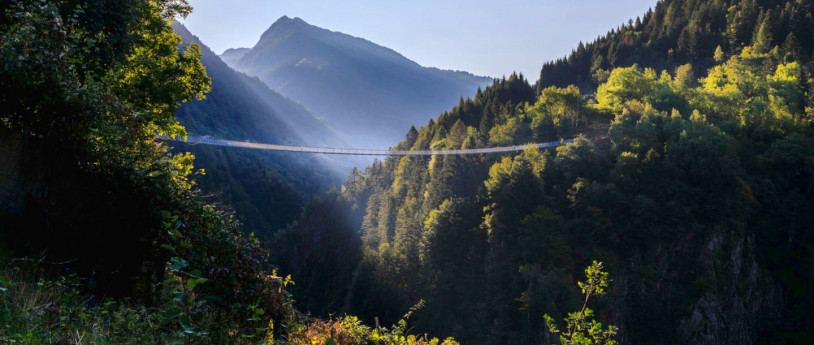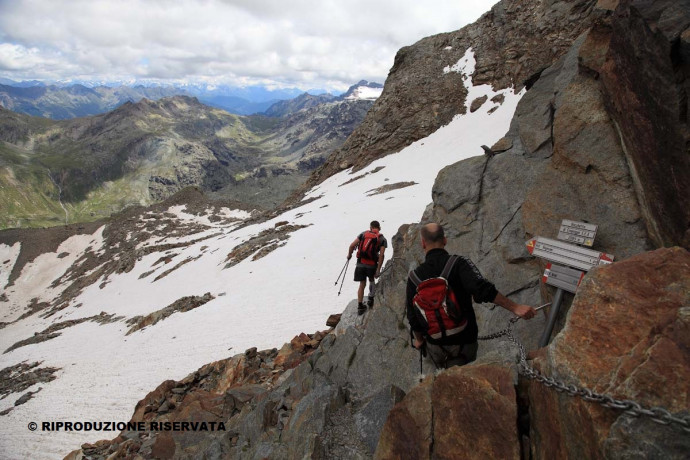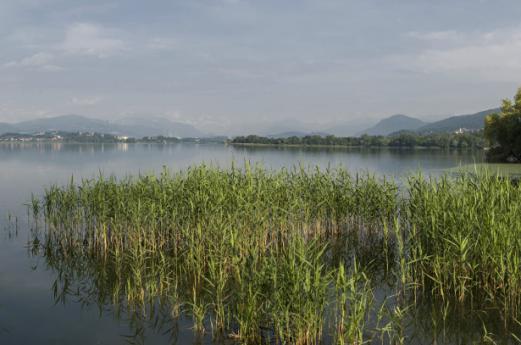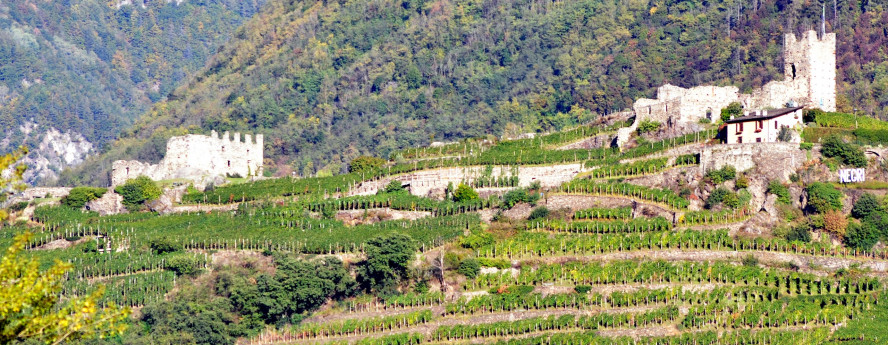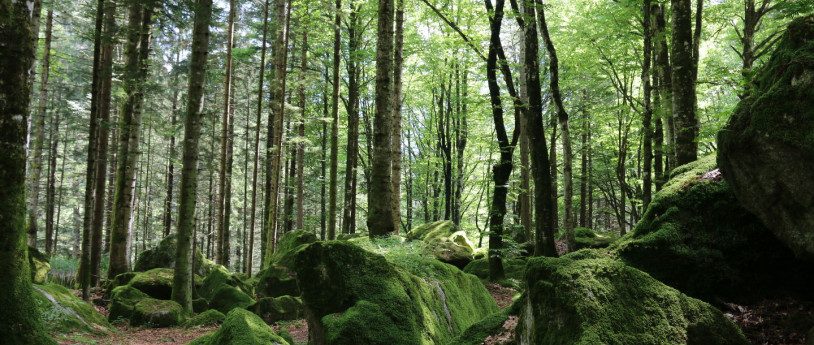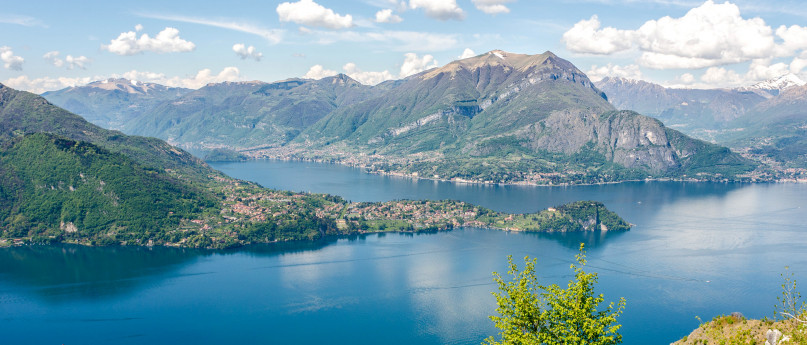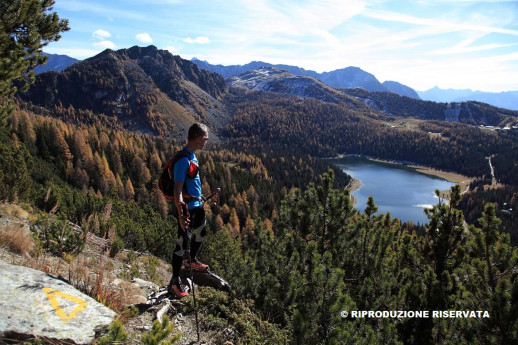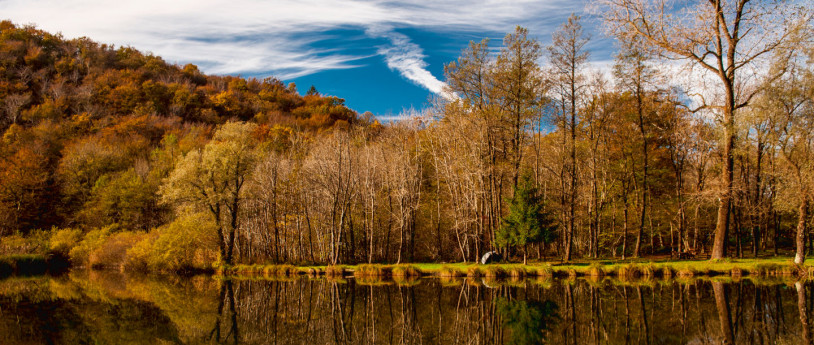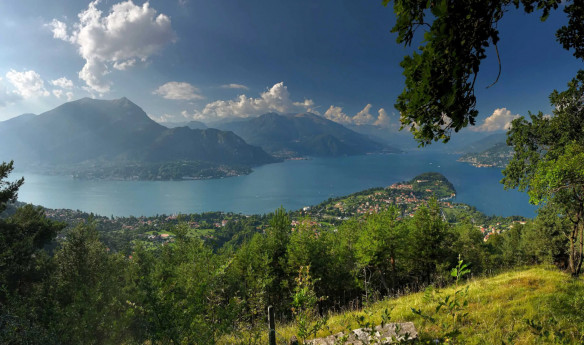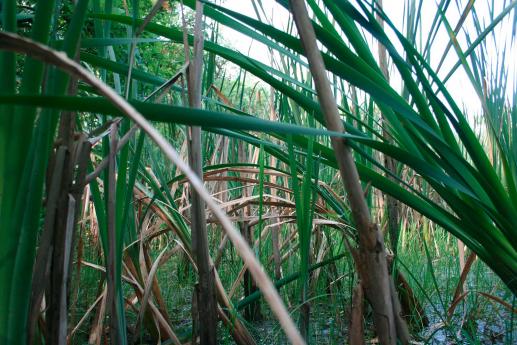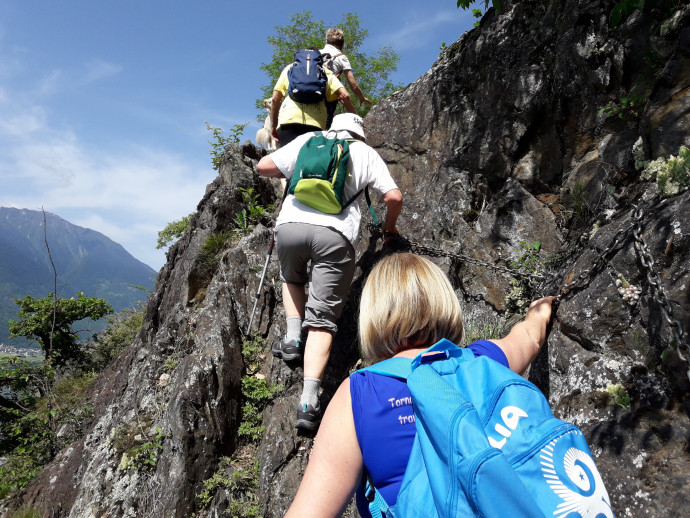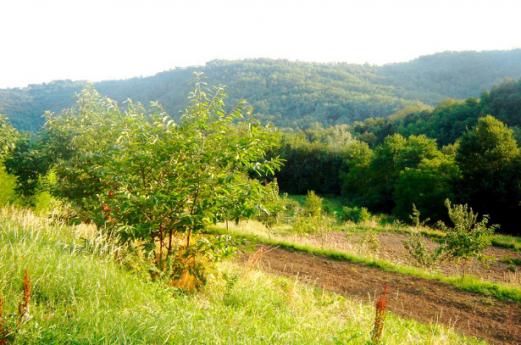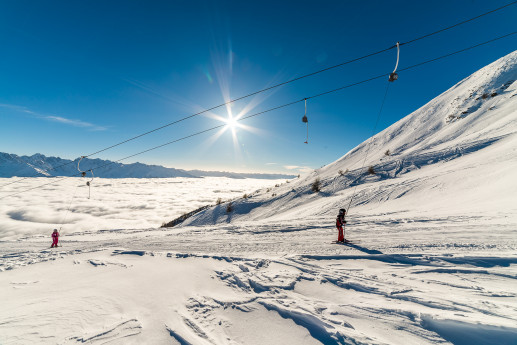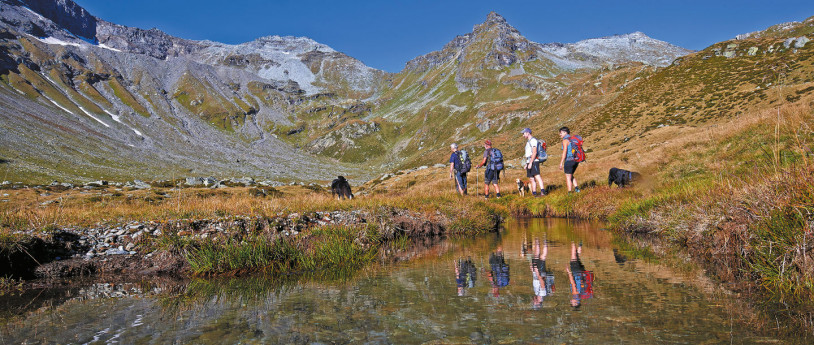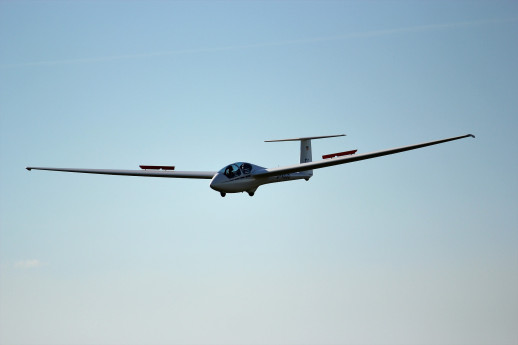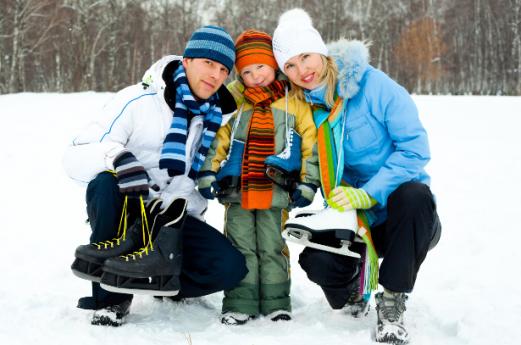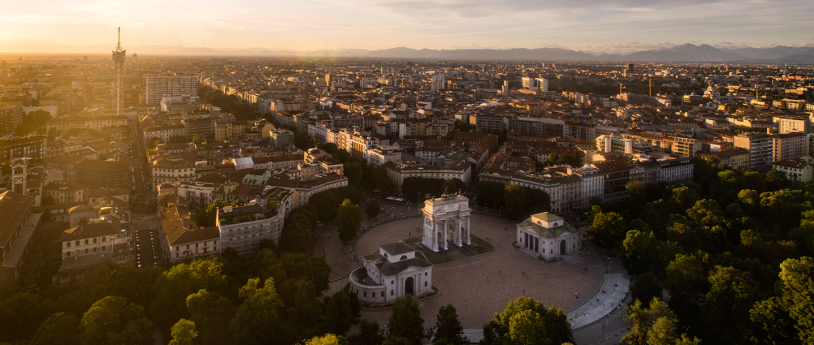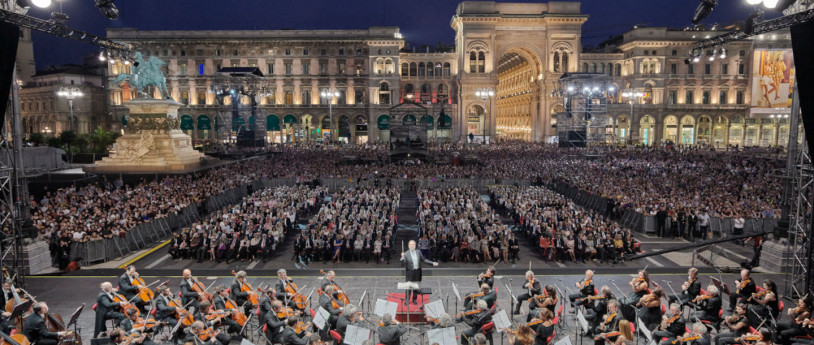- Active & Green
- Parks
Lombardy, land of spring waters
Fountains and springs, the natural oases of Lower Lombardy
The natural springs produced by the emergence of groundwater, feed a fascinating world, teeming with life. Here are some of the most beautiful 'fontanile' or natural fountains, in Lombardy: from the Gambarone to the Brancaleone, from the Molino, the largest in the region, to the fountains of the Parco di Rho...
The presence of founts, fountains and springs, has characterised the Po Valley since ancient times which, due to its geological characteristics, is one of the richest Italian regions in terms of water resources. Flowing down from glaciers, rivers and streams and mixing with the rainwater, the water is partly absorbed by the permeable soil and partly deposited when it meets the impermeable clay soil. The groundwater, which flows from north-west to south-east, flowing down with the plain, emerges naturally or is encouraged by human interventions, in the so-called "fascia dei fontanili" or springs belt.
Natural fountains and springs in Lombardy
Often, when walking just outside the city, you will have noticed isolated green oases among the cultivated fields. Patches of increasingly rare trees (English oaks, alders, willows...) and little flowers (nasturtiums, water speedwell...), refuges for small animals (amphibians, crustaceans, foxes...) and birds (ducks, herons, swans...) The teeming life in these kingdoms of biodiversity results from the presence of spring waters the temperature of which is stable in summer at between 12-14° and in winter at between 9-10°. The same waters used by the Romans who, by channelling the fountains and springs, made the land fit for cultivation.
Where are the Lombardy fountains and how many are there?
Lombardy has more than 1,000 natural fountains. Surveyed by Coldiretti in 2016, there are about 490 in the metropolitan city of Milan itself. There are 241 in the province of Cremona, 189 in Brescia, 183 in Bergamo, 150 in Pavia, 27 in Mantua and 15 in Lodi. On the Map of Springs in Lombardy, you can see the existing ones and those that are now inactive.
Milan, city of water
In the vast territory of the Parco Agricolo Sud Milano (over 47 thousand hectares and 60 comunes), the groundwater emerges as the plain slopes down into the natural depressions in the land. No longer channelled by water meadows - fields that are irrigated even in winter to produce hay all year round - it flows naturally into quarries, ponds and man-made lakes.
To the south-east of Milan, the Idroscalo basin - the “sea of Milan”, a green oasis of 1.6 million m2, 8 km from the Duomo - is fed by the waters of the Fontanone fountain. In the immediate surroundings, there is also the Laghetto di Redecesio, part of Segrate, formed by the two quarries between the Seminario fountain and the Molina fountain.
In San Bovio, in the wetland area of woods and fields rich in streams and fountains of the Carengione, in the Peschiera Borromeo area, the existence of the Gambarone is proven by a notarial document dated 1011. Its name derives from the presence of crayfish in the spring water that flows from six natural sources. Further east, in the Riserva Naturale Parziale Biologica Sorgenti della Muzzetta, near Rodano and Settala, there are seven other springs: Molino, the largest in the province of Milan, Vallazza and Regelada and then Nuovo, Busca, Boscana and Schenone.
Looking further north: the Parco dei Fontanili di Rho
Among Milan, Pero, Rho, Cornaredo and Settimo Milanese, the 130 hectares of the Parco dei Fontanili di Rho represent the vital green lung of a densely urbanised area. You can visit the fountains carefully recovered by the park staff and volunteers in its woodlands, clearings and cultivated fields.
Around the Bassa Padana: the springs belt
In the hamlets of Pandino, in the province of Cremona, on a flat area that extends over 22 km2, 16 natural fountains and springs (see the map) have created water meadows, so important for local agriculture.
To the south-west, where the Bassa Padana wetland begins, Bareggio is famous for its 16 natural fountains, almost all of which are active. The Barona, one of the oldest, is mentioned in the chronicles of 1191. Its waters moved the blades of a woodworking mill.
In the nearby Riserva Naturale Parziale Biologica del Fontanile Nuovo, the Province of Milan organises interesting educational visits. The fountain is also the destination of a great cycling tour: 20 km in the Parco Agricolo Sud Milano, through historic buildings, woods, farmsteads, pools, as far as the small botanical reserve. A little further on, the Laghetto natural fountain in the Parco Arcadia is home to carp, tench, perch and on the banks, ducks, peacocks, swans and storks.
In Corbetta, is the Buldiròn or Fontanile Boldirone, already known in the 16th century, restored and enlarged in 1786 at the behest of the local nobility. Still today, flowing down to the south, it crosses the land of the Cantalupa and Cantalupetta farmsteads.
Spring waters of the Bergamo and Brescia areas
The main spring in Caravaggio is in the Riserva Naturale Regionale parziale biologica Fontanile Brancaleone. In the local dialect, the fountain is called Öcc del Bàss, after the seven sources of spring water that give rise to the Roggia Basso. Upon request, it hosts educational guided tours for school groups.
In Masano, in the agricultural area between the Purgatorio and Inferno farmsteads, is the Vascapine fountain, from “vasche piene" or full tanks, as the natural springs that surrounded Caravaggio were called, already diverted at the end of the 1300s to irrigate the fields. A lovely walk starts from the fountain which, once you've crossed the rushes, leads to the city centre.
In the province of Brescia, the Parco Oglio Nord, a nature reserve that offers food and shelter to rare animals and plants, is enlivened by the spring waters and the natural fountains which release steam in the frozen countryside in winter. A sight that's not to be missed!
